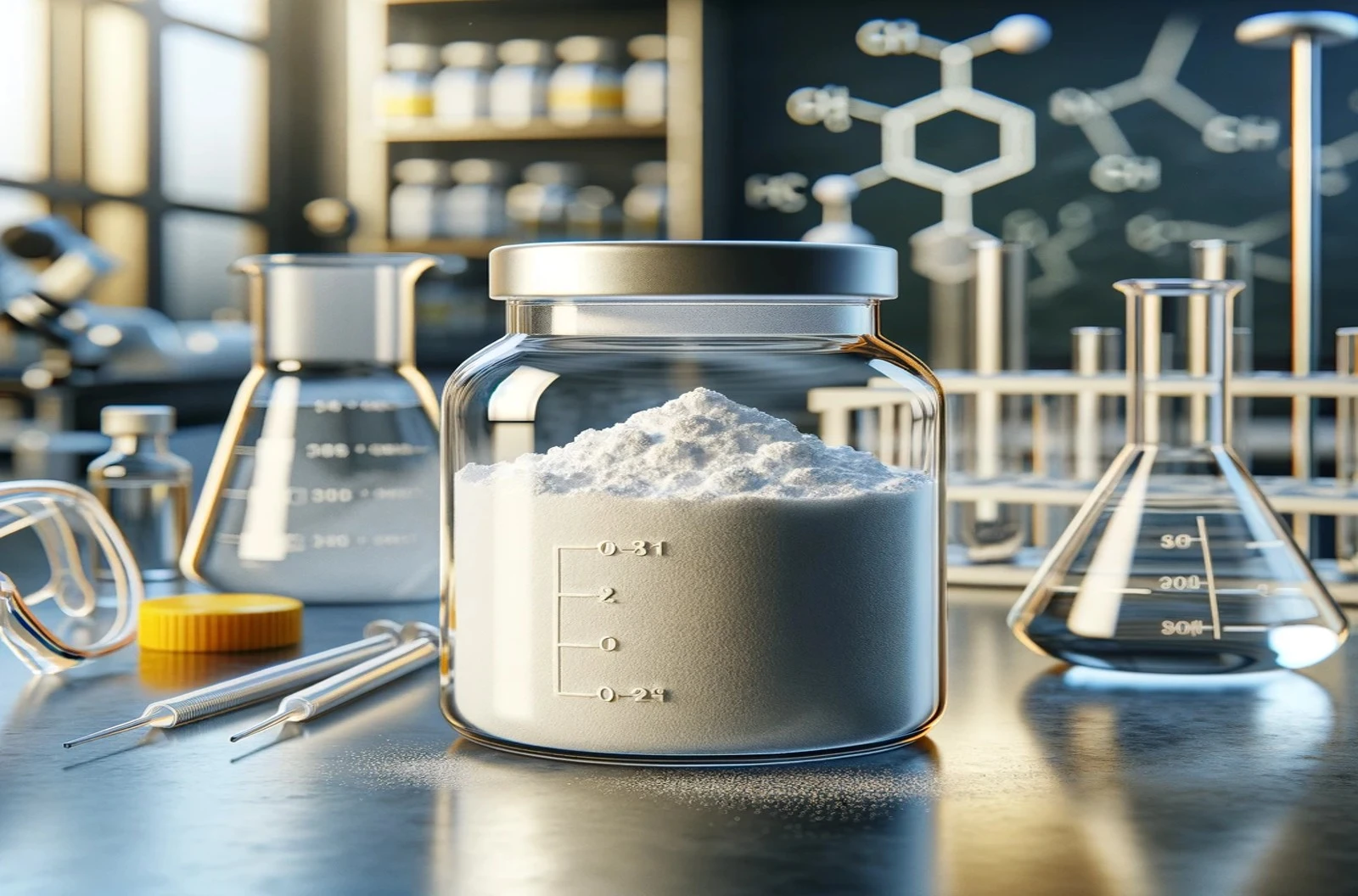TABLE OF CONTENTS
Menu
TABLE OF CONTENTS
Menu
Ammonium Bifluoride: Acid or Base?
Ammonium bifluoride functions primarily as a weak acid when dissolved in water. This characteristic is crucial to understanding its various industrial and laboratory applications.
Chemical Nature
Ammonium bifluoride (NH4HF2) dissolves in water to form ammonium ions (NH4+) and hydrogen fluoride (HF), which further dissociates to yield hydrogen ions (H+) and fluoride ions (F-). This release of hydrogen ions imparts acidic properties to the solution. Typically, the pH of a solution of ammonium bifluoride in water ranges from mildly acidic to neutral, depending on the concentration used. The compound’s behavior in different chemical environments can vary; for example, in a basic environment, it can help neutralize excess alkali, whereas, in more acidic solutions, it contributes to the overall acidity.
Practical Implications
In industrial and laboratory settings, the acidic nature of ammonium bifluoride makes it valuable for applications such as:
Metal Surface Treatment: Its ability to release hydrogen fluoride makes it effective in cleaning and etching metal surfaces, preparing them for further processing like plating or painting.
Glass Etching: The acid helps in creating frosted effects on glass surfaces by reacting with and dissolving silica components.
Given its acidic properties, precautions are necessary when handling ammonium bifluoride:
Safety Equipment: Proper safety gear such as gloves, goggles, and acid-resistant clothing should always be worn to protect against chemical burns.
Ventilation: Adequate ventilation must be ensured in work areas to avoid the accumulation of fumes that could lead to respiratory irritation.
Understanding the acid-base nature of ammonium bifluoride aids in its safe and effective use across various applications, ensuring that operators can take appropriate safety measures to avoid chemical accidents.
Ammonium Bifluoride CAS Number
The CAS (Chemical Abstracts Service) number for ammonium bifluoride is 1341-49-7. This unique identifier is critical for the precise cataloging and handling of chemicals in various scientific and industrial settings.
Reaction of Ammonium Bifluoride with Water
When ammonium bifluoride comes into contact with water, it reacts to form hydrofluoric acid (HF) and ammonia (NH3), both of which have significant implications for safety and the environment.
Chemical Reaction
The chemical reaction of ammonium bifluoride (NH4HF2) with water can be described by the following equation:
NH4HF2+H2O→NH3+2HF
This reaction demonstrates that ammonium bifluoride acts as a source of hydrofluoric acid when dissolved, releasing ammonia gas as a byproduct. The generation of hydrofluoric acid upon dissolution is a key characteristic of ammonium bifluoride, making it particularly useful in applications where hydrofluoric acid is required but its direct handling is risky or impractical.
Safety Considerations
Handling ammonium bifluoride during its reaction with water requires stringent safety measures due to the production of hydrofluoric acid and ammonia:
Protective Equipment: Appropriate personal protective equipment (PPE) such as acid-resistant gloves, goggles, and face shields should be worn to protect against the corrosive effects of hydrofluoric acid.
Ventilation: Adequate ventilation is crucial to disperse ammonia gas and acid fumes that may accumulate, posing respiratory hazards.
Spill and Leak Procedures: Facilities should have protocols in place to manage spills or leaks, including neutralization agents for hydrofluoric acid and procedures for safely ventilating ammonia gas.
Byproducts and Implications
The main byproducts of this reaction, hydrofluoric acid, and ammonia, have significant safety and environmental implications:
Hydrofluoric Acid: It is highly corrosive and toxic, capable of penetrating skin and causing severe tissue damage and systemic toxicity. Its environmental impact includes potential harm to aquatic life if not properly contained and treated.
Ammonia: While less hazardous than hydrofluoric acid, ammonia can irritate the respiratory system and eyes. It can also contribute to eutrophication in water bodies, leading to detrimental effects on aquatic ecosystems.
Conclusion
Ammonium bifluoride is a versatile chemical used widely in industries for its ability to release hydrofluoric acid when reacted with water. Understanding its reactions, safety requirements, and environmental impacts is crucial for its effective and secure application. Proper handling, including the use of protective gear and adherence to safety protocols, is essential to mitigate risks associated with its byproducts, namely hydrofluoric acid and ammonia. By maintaining stringent safety measures, industries can harness ammonium bifluoride’s benefits while ensuring the safety of their operations and the environment.
FAQs About Ammonium Bifluoride
Lorem ipsum dolor sit amet, consectetur adipiscing elit. Ut elit tellus, luctus nec ullamcorper mattis, pulvinar dapibus leo.
Ammonium bifluoride is primarily used for glass etching, metal surface cleaning, and as a precursor to hydrofluoric acid in various industrial processes.
When ammonium bifluoride mixes with water, it reacts to form hydrofluoric acid (HF) and ammonia (NH3). This reaction releases two hazardous substances, requiring careful handling and adequate safety measures.
Safety precautions for handling ammonium bifluoride include using personal protective equipment such as gloves, goggles, and face shields to protect against its corrosive effects, ensuring good ventilation to manage fumes, and having emergency protocols in place for spills or exposure.
The environmental concerns associated with ammonium bifluoride include the potential toxicity to aquatic life due to hydrofluoric acid and ammonia released into the environment. Proper disposal and containment measures are crucial to prevent environmental contamination.
Ammonium bifluoride should be stored in tightly sealed containers in a cool, dry, and well-ventilated area, away from incompatible substances and moisture to prevent accidental reactions and degradation.
Contact Us
Questions or looking for a quote?





